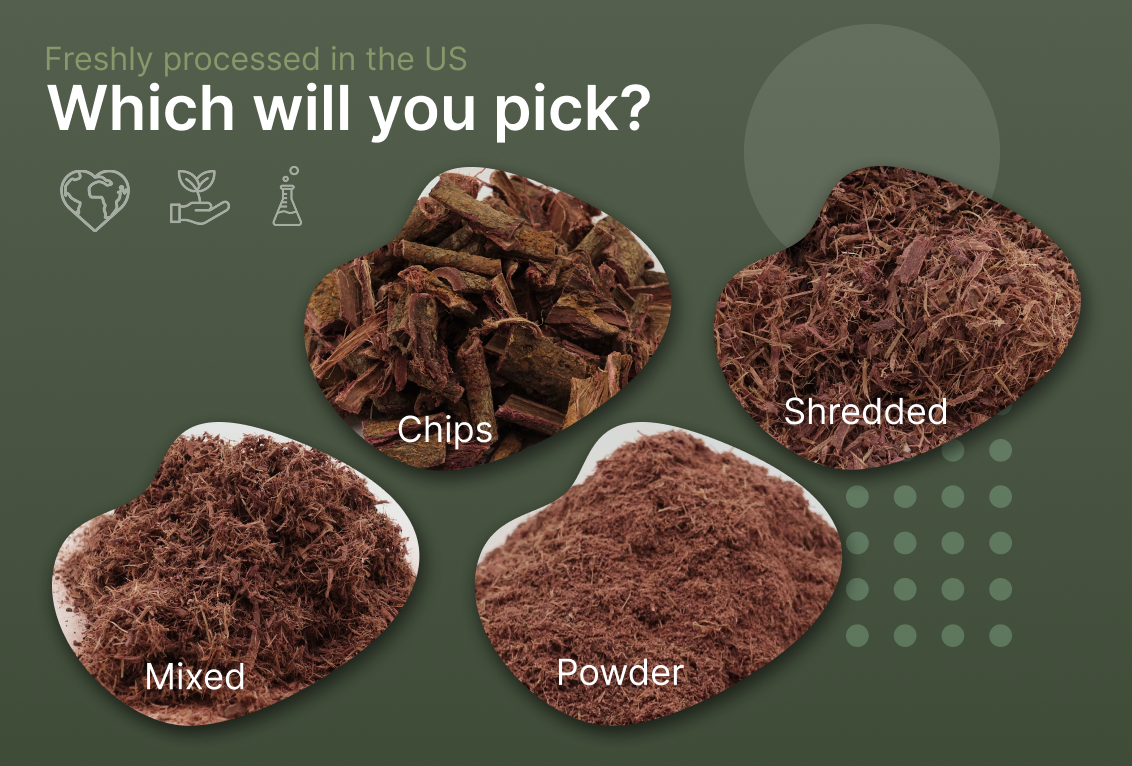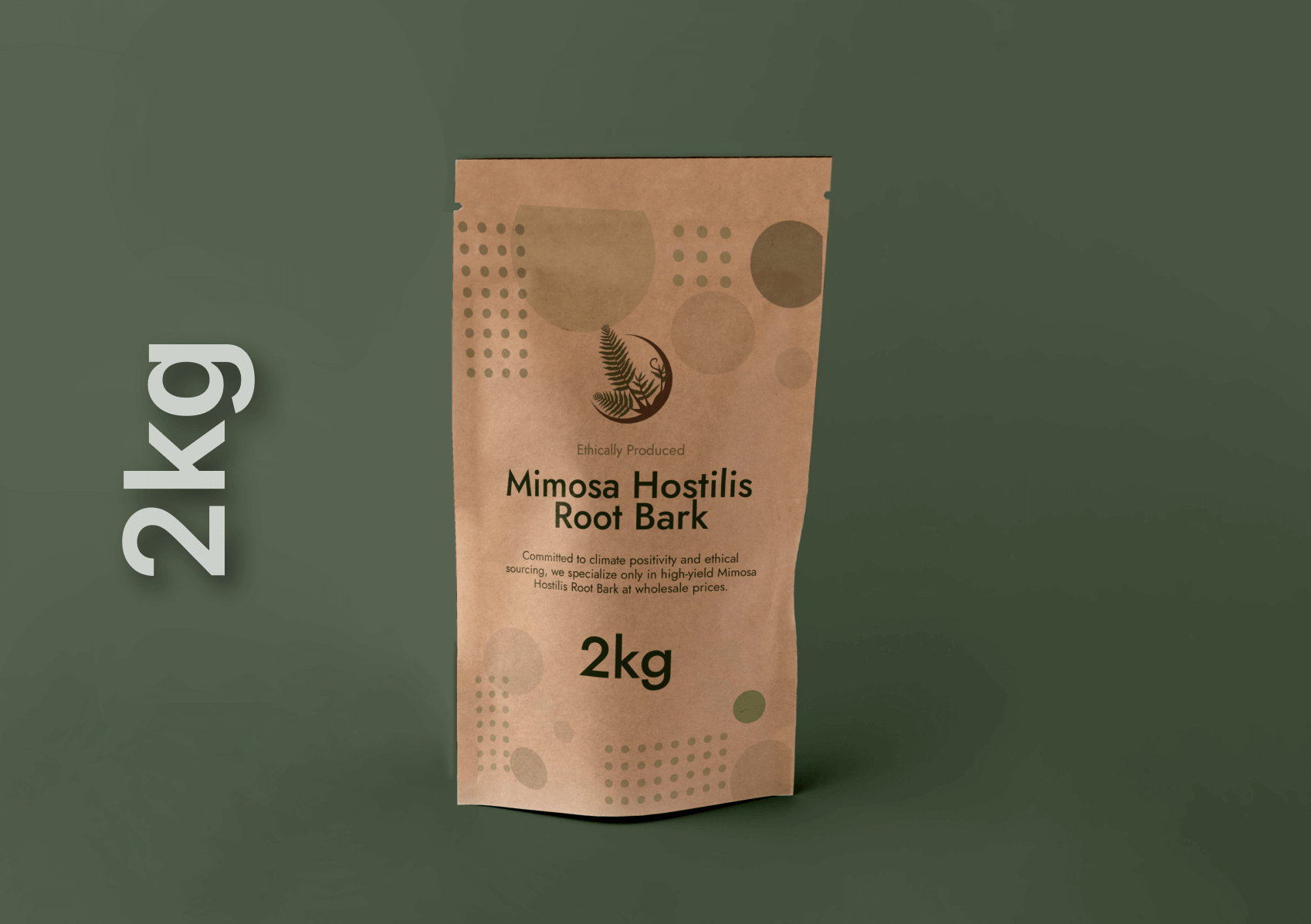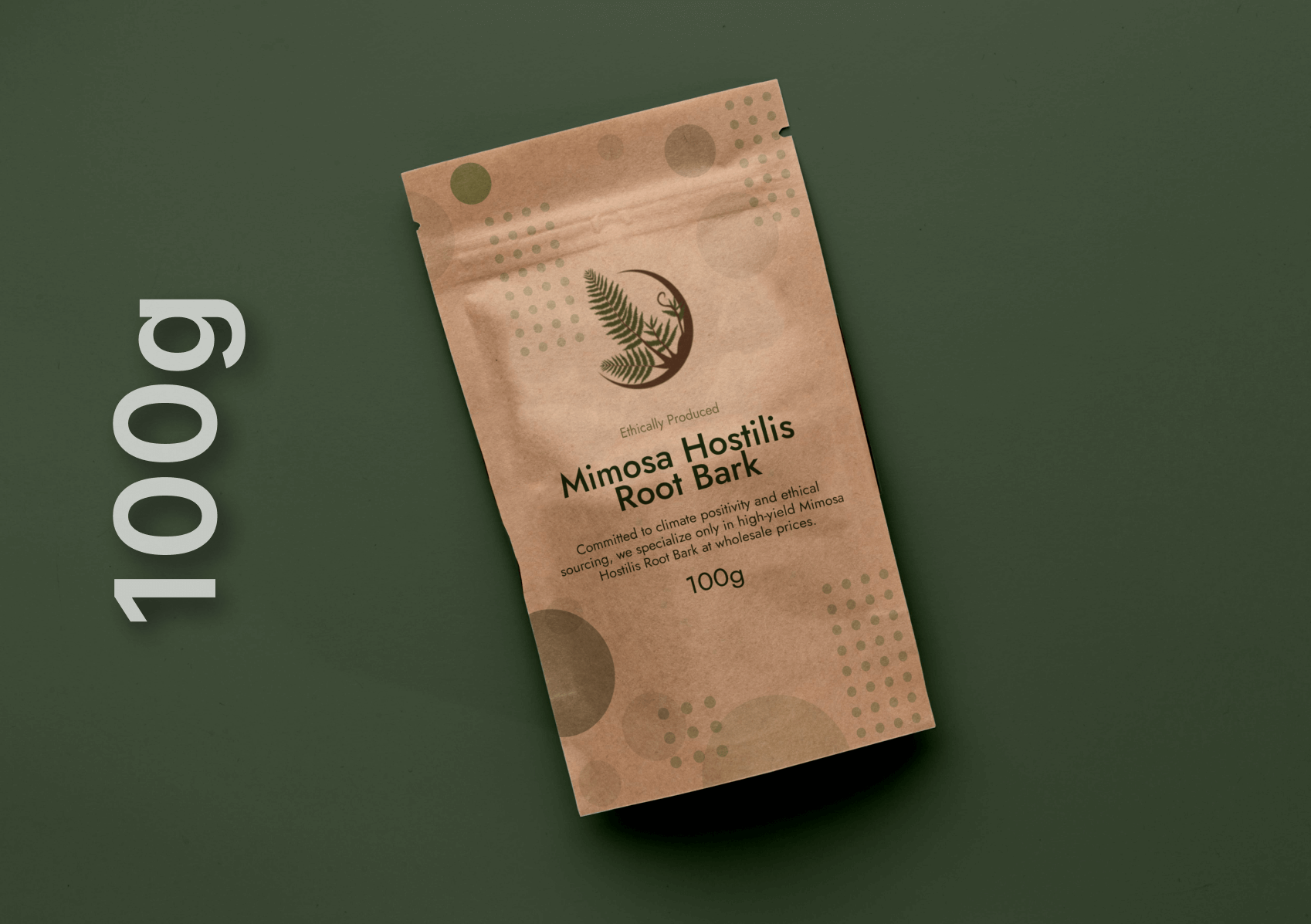Jurema Preta (Mimosa tenuiflora) occupies an essential place in the spiritual, cultural, and ecological identity of various Indigenous communities throughout Northeastern Brazil. The plant has been part of ceremonial life, traditional healing systems, and intergenerational teachings for centuries. Protecting Indigenous knowledge surrounding Jurema Preta is both a cultural and ethical responsibility. Doing so safeguards ancestral wisdom, strengthens Indigenous sovereignty, and ensures that future generations inherit a living and respected tradition rooted in deep ecological awareness.
Historical Roots and Ancestral Uses of Jurema Preta
For Indigenous groups such as the Tupinambá, Kambô, and numerous communities across the Northeast, Jurema Preta represents a long-standing connection between nature, spirituality, and identity. Its use predates colonial records, with preparation methods and ceremonial significance preserved through oral storytelling and carefully guarded teachings. Ritual beverages, symbolic offerings, and healing preparations derived from Jurema have all contributed to its central role in Indigenous cosmology. Despite colonial pressure, displacement, and cultural suppression, Indigenous communities preserved their relationship with Jurema by transmitting their knowledge discreetly and purposefully across generations.
Modern Threats to Jurema Preta and Indigenous Knowledge Systems
Commercialization and Appropriation
As global interest in plant-based spirituality expands, Indigenous knowledge surrounding Jurema Preta faces increasing exposure to cultural appropriation. Commercial markets frequently detach the plant from its sacred cultural context. Materials are often extracted without permission from Indigenous territories, and traditional practices are imitated or repackaged in ways that distort or minimize their cultural meaning. This trend creates a situation where ancestral wisdom is exploited for profit, while the communities who protect this knowledge see their traditions misunderstood, misused, or commercially diluted. Unsustainable harvesting further threatens the ecological balance of regions where Jurema naturally thrives.
Environmental Degradation and Loss of Habitat
The natural habitat of Jurema Preta, the Caatinga biome, is an ecologically unique region that has experienced extensive environmental stress. Agricultural expansion, deforestation, and the effects of climate change endanger the landscapes that sustain the plant. As these habitats shrink or degrade, Indigenous communities encounter increasing difficulties in practicing traditional rituals or maintaining the ecological relationships that have existed for generations.
Legal Vulnerability and Biopiracy
Biopiracy represents a critical threat to the protection of Indigenous knowledge. When corporations or researchers attempt to patent compounds or processes related to Jurema Preta without acknowledging the cultural origins of this knowledge, they undermine Indigenous ownership and spiritual sovereignty. Without strong legal protection, sacred traditions and associated ecological resources risk becoming targets for extraction and commercialization, detached from the communities who developed this knowledge through centuries of stewardship.
Strengthening Indigenous Rights Through Protective Frameworks
International Legal Instruments Supporting Indigenous Knowledge
Several international legal frameworks recognize the rights of Indigenous peoples to protect and control their traditional knowledge. The Convention on Biological Diversity emphasizes the fair and equitable sharing of benefits derived from biological resources and acknowledges the sovereignty of Indigenous communities over their cultural and ecological heritage. Complementing this, the Nagoya Protocol establishes guidelines requiring that any use of traditional knowledge or genetic resources be approved through prior informed consent and governed by mutually agreed terms. Additionally, the United Nations Declaration on the Rights of Indigenous Peoples reinforces the right of Indigenous groups to maintain, preserve, and protect their cultural expressions, natural resources, and spiritual traditions.
National and Regional Protections
Many countries with Indigenous populations who protect and use Jurema Preta have gradually incorporated protective measures within national laws. These efforts aim to fortify Indigenous sovereignty, prevent unauthorized use of traditional knowledge, and ensure that communities maintain authority over their cultural and ecological heritage.
Ethical Engagement With Jurema Preta and Respect for Indigenous Sovereignty
The Importance of Cultural Context
Jurema Preta must always be understood as a sacred element of Indigenous tradition, not merely a botanical specimen. Respecting cultural context means recognizing that its use belongs within the communities that safeguarded its knowledge for centuries. Ethical engagement requires acknowledgment of its ceremonial significance and understanding that any involvement with the plant must be grounded in humility and respect for Indigenous protocols.
Prior Informed Consent and Collaborative Research
Any research, conservation project, or scientific study involving Jurema Preta should begin with prior informed consent from legitimate Indigenous representatives. Transparent communication and collaborative methodologies allow Indigenous communities to guide the direction of research, protect their knowledge, and ensure cultural integrity. These approaches build trust while establishing frameworks that protect Indigenous contributions from misuse or misrepresentation.
Fair and Equitable Benefit-Sharing
In cases where scientific exploration or commercial activity emerges from the use of Jurema Preta, benefit-sharing agreements must ensure that Indigenous peoples receive appropriate recognition and compensation. These agreements may include financial returns, cultural protections, formal acknowledgment of intellectual contributions, and access to derived resources. This framework prevents exploitation, reinforces cultural sovereignty, and recognizes the deep expertise embedded in Indigenous ecological knowledge.
Sustainable Management and Conservation Strategies
Ecological Stewardship by Indigenous Communities
Indigenous peoples have consistently acted as guardians of the Caatinga biome, applying generations of ecological understanding to sustain the balance of the land. Their traditional ecological knowledge supports soil protection, biodiversity preservation, regenerative harvesting methods, and habitat stewardship. These practices form an essential foundation for the long-term sustainability of Jurema Preta.
Reforestation and Regenerative Practices
With growing global interest in Jurema, reforestation and regenerative land management efforts have become increasingly necessary. Community-led nurseries, seed preservation initiatives, and collaborative conservation projects contribute to stabilizing natural populations and restoring degraded habitats. These methods ensure ecological sustainability while supporting traditional cultural practices that depend on healthy Jurema ecosystems.
Community-Based Monitoring
Community-driven monitoring systems allow Indigenous groups to observe changes in plant populations, protect sacred sites, prevent overharvesting, and respond quickly to ecological threats. This form of stewardship maintains the integrity of both cultural practices and the natural environment, creating a resilient and sustainable framework for the future.
Strengthening Indigenous Leadership and Cultural Transmission
Supporting Elders and Knowledge Keepers
Elders are central figures in the preservation and transmission of traditions related to Jurema Preta. Their teachings form the foundation of ceremonial practices, ecological observation, and spiritual understanding. Protecting their role ensures that ancestral wisdom remains accessible and accurately transmitted to future generations.
Youth Engagement and Education
Passing down knowledge to younger members of the community ensures cultural continuity. Educational programs, language preservation initiatives, and cultural workshops strengthen intergenerational bonds and secure the future of Jurema traditions. These efforts empower young people to carry forward sacred teachings with pride and responsibility.
Community Autonomy and Self-Determination
Empowering communities to exercise full autonomy over their land, rituals, and cultural expressions is essential for safeguarding Indigenous knowledge. When communities retain control over decision-making processes, they can protect their traditions, guide conservation efforts, and resist external pressures that threaten their cultural heritage.
The Future of Jurema Preta Protection
The protection of Jurema Preta and its surrounding knowledge depends on a collective commitment rooted in respect, collaboration, and legal protection. Supporting Indigenous leadership, recognizing ancestral sovereignty, and promoting ecological stewardship form the pillars of long-term preservation. By honoring the plant’s sacred significance and reinforcing the rights of its traditional guardians, society contributes to sustaining a profound cultural legacy and an irreplaceable ecological resource.
FAQ’s
1: Why is protecting Indigenous knowledge around Jurema Preta important?
Protecting Indigenous knowledge around Jurema Preta is essential because this plant carries deep cultural, spiritual, and historical meaning for the communities that have preserved its use for centuries. Safeguarding this knowledge ensures that traditions continue without misrepresentation, exploitation, or commercial misuse. It also reinforces Indigenous sovereignty and supports the long-term sustainability of both cultural practices and the natural ecosystems where Jurema thrives.
2: How does commercialization affect Jurema Preta and Indigenous communities?
Commercialization often removes Jurema Preta from its cultural context, turning a sacred plant into a marketable commodity. This process can lead to ecological damage through overharvesting and can also diminish the spiritual and ceremonial significance that Indigenous peoples associate with it. When outsiders profit from plant resources or knowledge without consent, Indigenous communities face cultural loss and economic injustice.
3: What legal protections help safeguard Indigenous knowledge?
Several legal frameworks, including the Convention on Biological Diversity, the Nagoya Protocol, and the United Nations Declaration on the Rights of Indigenous Peoples, provide mechanisms to protect traditional knowledge and ensure fair access and benefit-sharing. These instruments emphasize the importance of prior informed consent and recognize the rights of Indigenous communities to control their cultural and ecological heritage.
4: How can researchers work ethically with Jurema Preta?
Ethical research begins with securing prior informed consent from the Indigenous groups who hold the traditional knowledge. Researchers must follow culturally respectful protocols, involve community leaders in decision-making, and ensure that any findings or benefits are shared fairly. Collaboration that honors Indigenous authority helps prevent misuse and supports community wellbeing.
5: What role do Indigenous communities play in conserving Jurema Preta?
Indigenous communities are the primary stewards of the landscapes where Jurema Preta naturally grows. Their ecological knowledge and sustainable land-management practices help maintain plant populations, protect biodiversity, and monitor environmental changes. Their leadership is vital for ensuring the long-term survival of both the species and the traditions connected to it.




